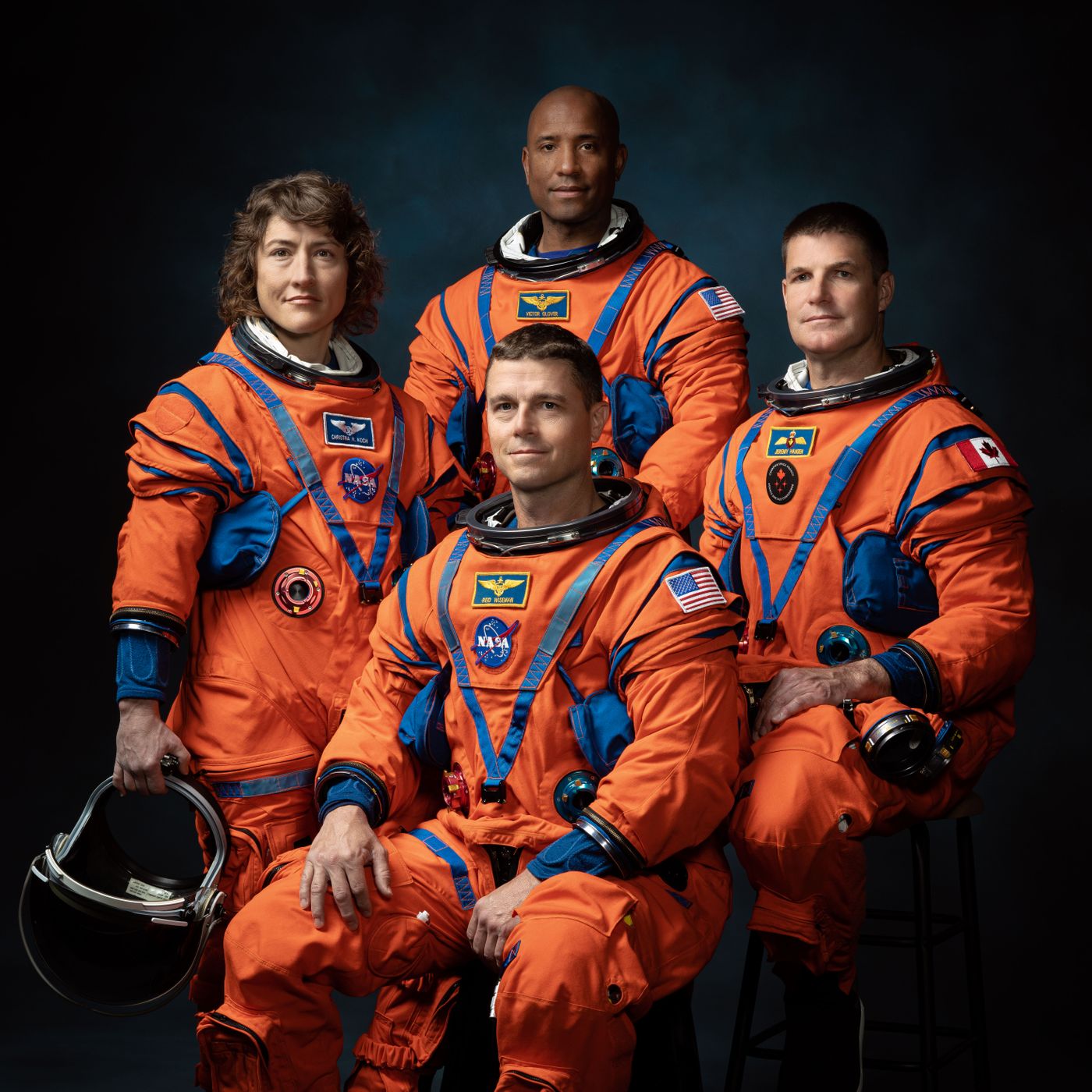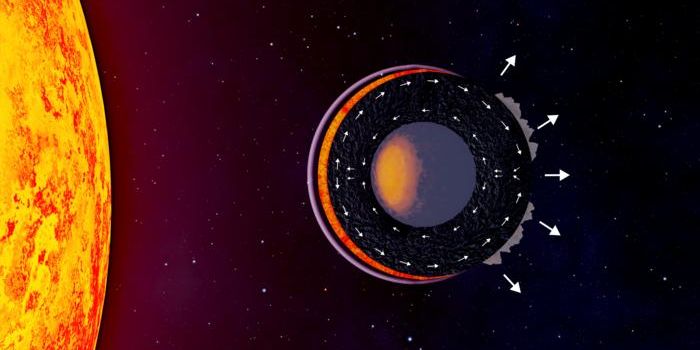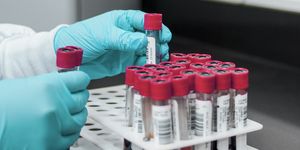On April 3, 2023, NASA announced the crew of the Artemis II mission, which will launch aboard NASA’s Space Launch System (SLS) and orbit the Moon on the Orion spacecraft for approximately 10 days. The mission is currently scheduled for launch in November 2024 and marks the first crewed mission beyond low-Earth orbit since Apollo 17 in 1972.
Retired NASA Astronaut Salutes Artemis II Crew
The Artemis 2 crew (clockwise from top): Pilot Victor Glover, Missions Specialist Jeremy Hansen, Commander Reid Wiseman and Mission Specialist Christina Koch. (Credit: NASA)
This four-person crew will include the first woman and person of color to travel to our nearest celestial neighbor and consists of Commander Reid Wiseman (NASA), Pilot Victor Glover (NASA), Mission Specialist Christina Hammock Koch (NASA), and Mission Specialist Jeremy Hansen (Canadian Space Agency).
Labroots recently had the honor of speaking with retired NASA astronaut and physician, Dr. Scott Parazynski, about his excitement and thoughts on this historic mission and its promise for the future of space exploration. Dr. Parazynski is a highly decorated NASA astronaut who was selected in 1992 and flew on five Space Shuttle missions (STS-66, STS-86, STS-95, STS-100, and STS-120), cataloging over 57 days in space and more than 47 hours of extra-vehicular activity (EVA).
“I'm ‘over the moon’ excited that we're going back to the moon, and the crew they've selected is certainly up to the challenge,” Dr. Parazynski tells Labroots. “They're all tremendous professionals, wonderful both individually and as a team. All four of them arrived at NASA after my departure in 2009, but I'm so glad to have met each of them at various events in recent years.”
Artemis II follows the success of Artemis I, which was an uncrewed, 25-day mission to the Moon that launched on November 16, 2022, and marked the maiden flight for SLS. The purpose of the mission was to test the Orion spacecraft, and specifically its heat shield, the latter of which is responsible for returning future astronauts through the heated reentry of the Earth’s atmosphere and successfully paved the way for the upcoming crewed mission.
“Artemis II is what we call a shakedown cruise for Orion with crew aboard, so they'll be rigorously testing all of the major subsystems on the craft in preparation for a lunar landing in the months that follow,” Dr. Parazynski tells Labroots. “I'd liken this mission to a blend of Apollo 7 and 8, when the first-generation lunar astronauts did many similar tasks getting ready for the eventual lunar landing on Apollo 11 in July 1969.”
Much like Artemis II, the Apollo 7 mission was the first crewed flight of NASA’s Apollo program launched on October 11, 1968, and consisted of a three-person crew tasked with testing the Apollo command and service modules in low-Earth orbit for over 10 days in preparation for future Apollo flights to the Moon and was a resounding success. This was followed by the Apollo 8 mission that was launched on December 21, 1968, and was the first crewed mission to the Moon in history, lasting just over 6 days and returning breathtaking images of the lunar surface and the famous “Earthrise” photo on Christmas Eve 1968.
“The most important takeaways: this isn't Apollo Part II,” Dr. Parazynski tells Labroots. “The Artemis Program isn't driven by geopolitics as it was in the Apollo era, aiming to get boots and American flags on the moon above all else. This is humanity truly beginning to move off of Planet Earth to first establish an outpost on the Moon, ultimately leading to extensive human exploration of Mars (and subsequent colonization). It'll be soul stirring to one day see astronauts from all over the world working together in lunar and Martian outposts for the betterment of humankind.”
With this, the world anxiously awaits the launch of Artemis II and the fantastic science and wonder it will bring to space fans all over the world.
What new science will Artemis II teach us about traveling to the Moon and about humans working in space? Only time will tell, and this is why we science!
Sources: NASA, NASA (1), NASA (2), NASA (3), NASA (4), NASA (5), NASA (6), NASA (7), NASA (8), NASA (9)
As always, keep doing science & keep looking up!









